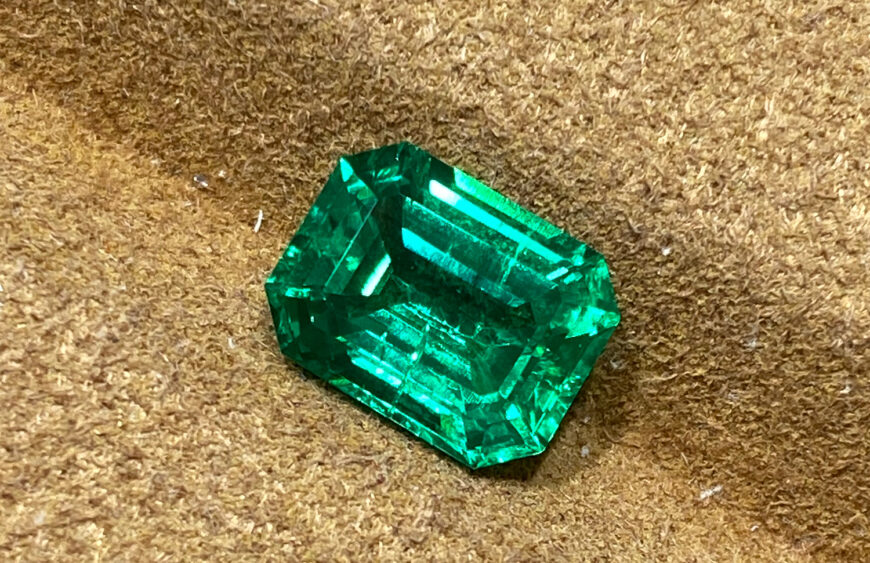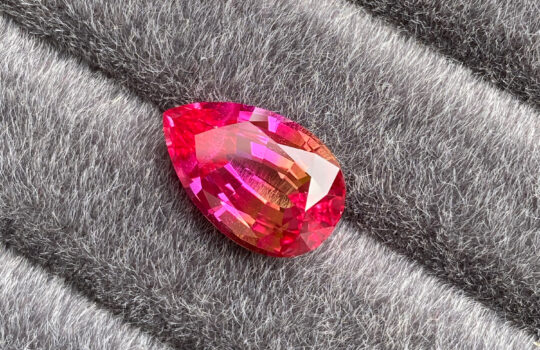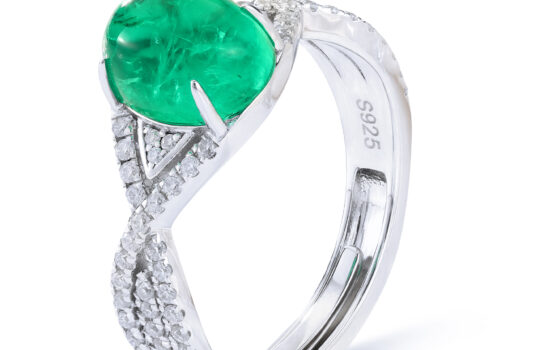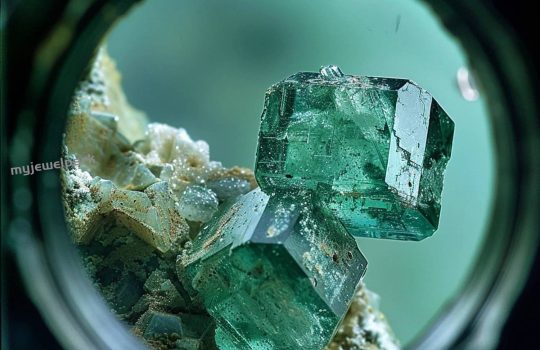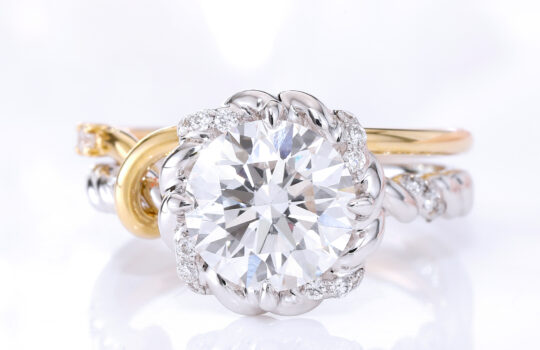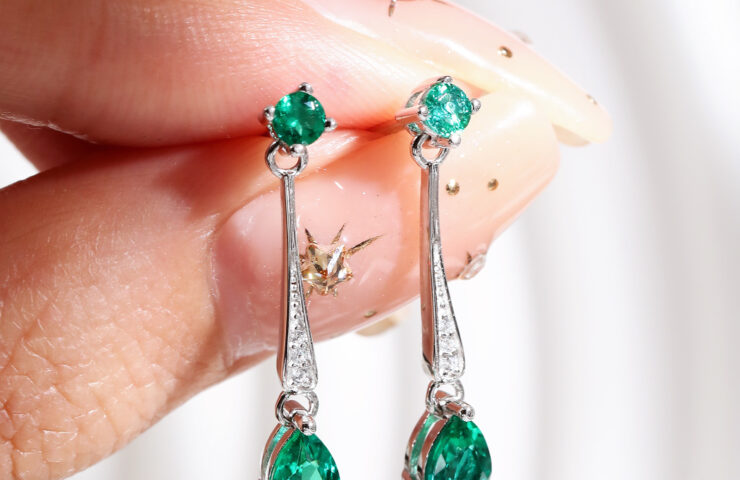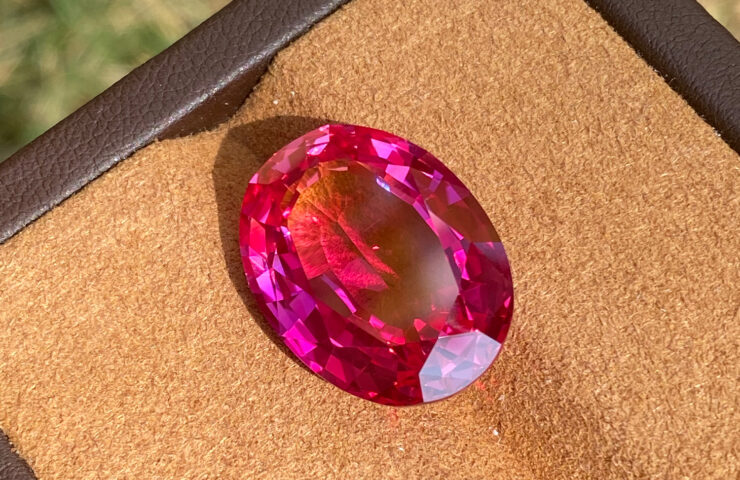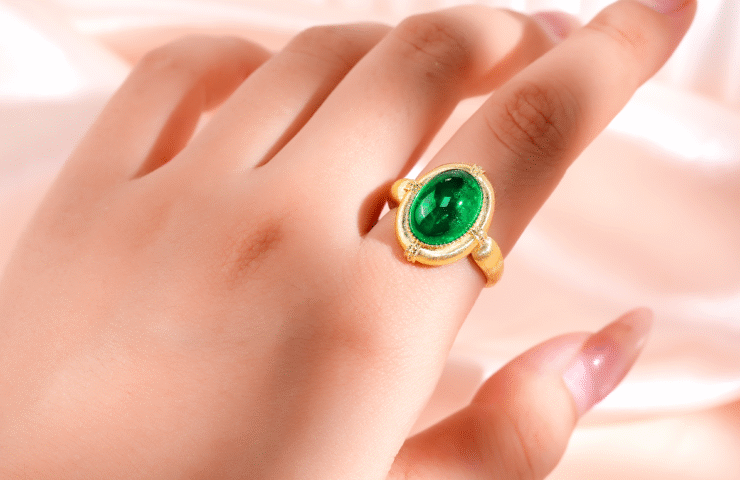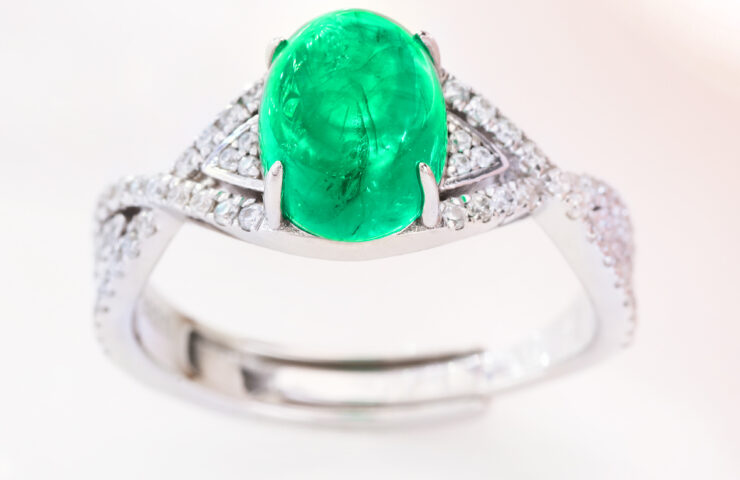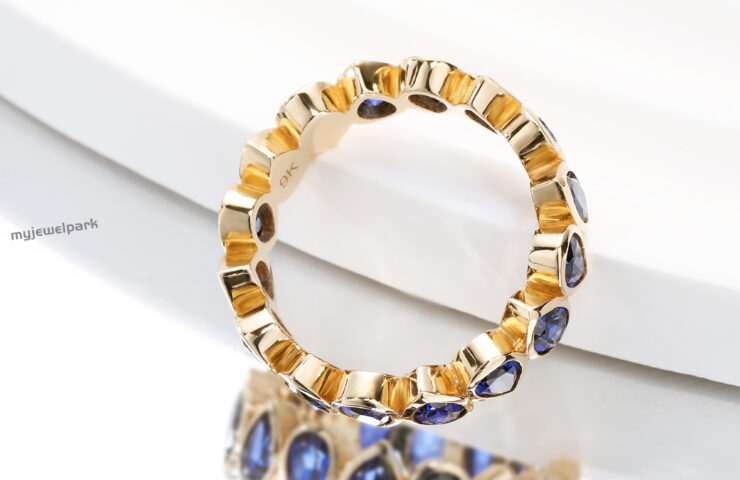What Is the Disadvantage of Emerald Cut
The emerald cut is often praised for its clean lines and understated elegance, but not every gem lover is convinced it’s the right choice. This step-cut style features long, rectangular facets that create a mirror-like effect instead of the sparkle seen in brilliant cuts. While many admire its clarity-focused presentation, the emerald cut also has limitations that buyers should consider before making a purchase.
Disadvantages
One of the most common concerns with emerald cuts is their lack of fire. Unlike round or princess cuts, which scatter light into colorful flashes, emerald cuts return fewer light rays. Their faceting pattern prioritizes transparency over brilliance. Some buyers find the result too muted or serious, especially in engagement rings where sparkle is often expected.
This design also highlights any inclusions within the stone

Because of the large, open table and stepped facets, imperfections are more visible. In highly included stones like emeralds, this can draw attention to surface-reaching fissures or uneven color zoning. While this clarity exposure is appreciated by some, others feel it diminishes the overall visual impact.
Online forums reflect this split. On Reddit’s r/EngagementRings, one user posted a side-by-side comparison of an emerald cut and a radiant cut diamond. The emerald cut was called “sophisticated” by some, while others felt it looked “flat” or “lifeless.” One commenter mentioned returning a ring with an emerald cut because it showed too many flaws under normal lighting. Another user said they loved the shape but had to upgrade to a higher clarity grade, which drove up the total cost.
YouTube reviewers echo this sentiment. In videos reviewing loose stones and completed jewelry, some creators suggest the emerald cut looks best in larger sizes where the shape can elongate the finger. But they also warn viewers that lower-grade stones with this cut can appear dull unless carefully selected. The comments often include frustration from buyers who expected more sparkle based on photos.
The Role of Laboratory-Grown Stones

Laboratory-grown emeralds have helped reduce some of the limitations associated with emerald cuts. Because they are cultivated under controlled conditions using natural beryl embryos, these stones can be created with fewer internal fractures. Labs can simulate natural inclusions like cream bodies and crack patterns while avoiding the structural weaknesses seen in mined stones.
The result is a cleaner interior, which allows the emerald cut to show off the depth of color and texture without drawing attention to distracting flaws. A 2023 consumer survey by the Gemmological Association of Great Britain found that 54 percent of younger buyers preferred lab-grown emeralds when shopping for step-cut designs. They cited better clarity, consistent structure, and ethical sourcing as major reasons.
Lab-grown emeralds make the emerald cut more accessible to buyers who want the style without compromising on clarity. The ability to produce stones with stable bodies and rich tone allows for more creative freedom in cutting. For those who admire the shape but have concerns about imperfections or sparkle, lab-grown options offer a solution that bridges the gap between visual quality and personal taste.

